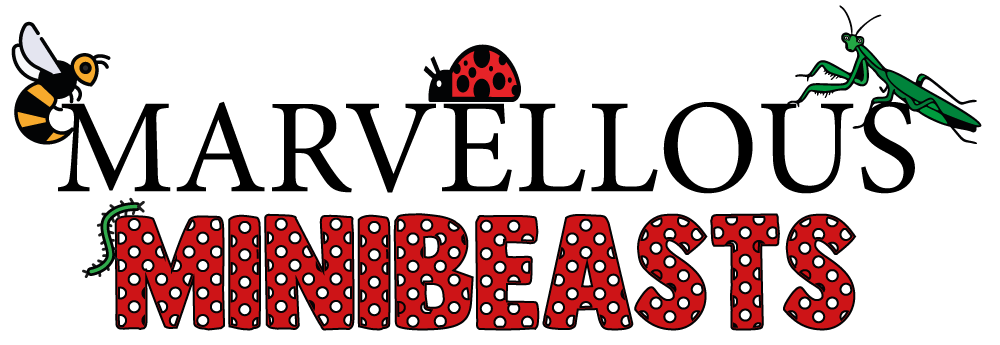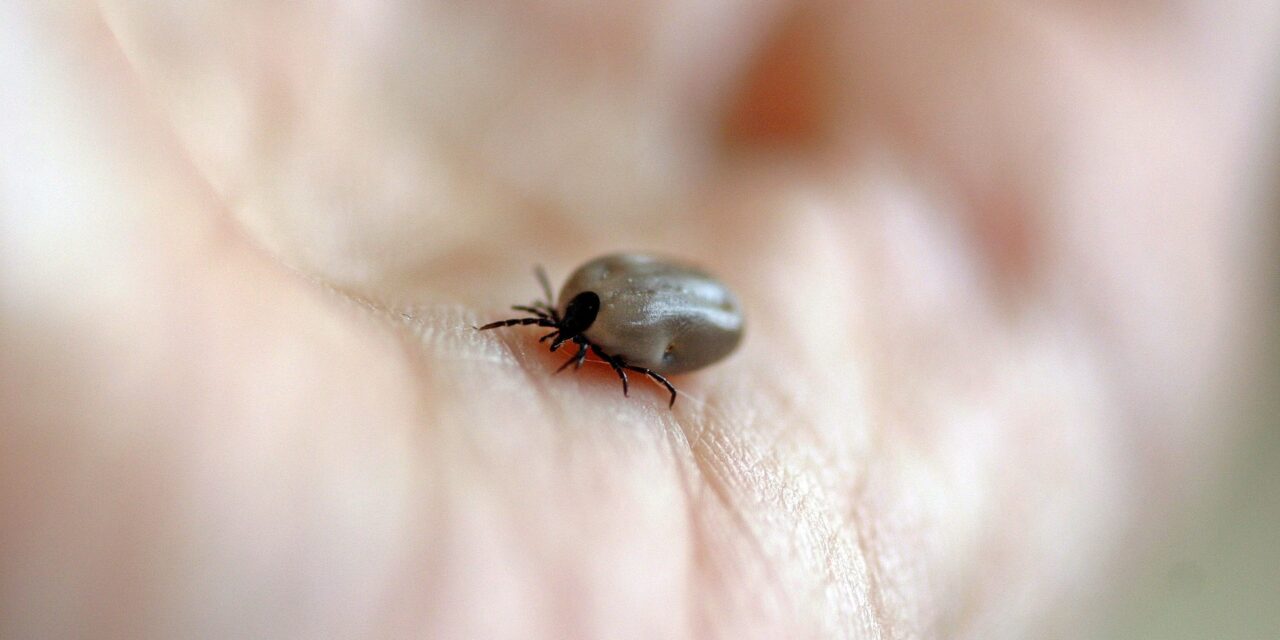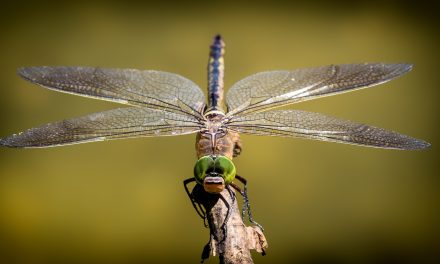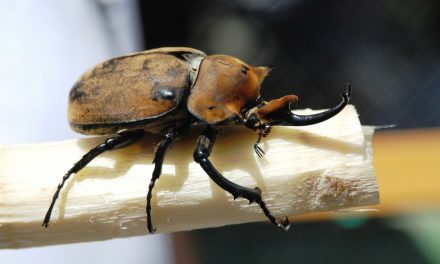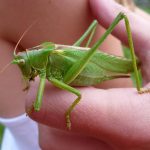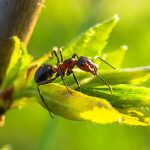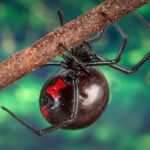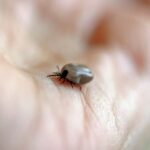Insects that bite are a common nuisance in the UK, and they can cause discomfort, pain, and even transmit diseases through their bites. It is important to learn about the different types of insects that bite and how to protect yourself from their bites.
In this blog post, we will provide you with a comprehensive guide to UK insects that bite, including mosquitoes, midges, ticks, fleas, and bedbugs. We will explore their habits, characteristics, and the risks associated with their bites, as well as offer tips on how to prevent bites from occurring. By the end of this post, you will have a better understanding of how to identify and protect yourself from insects that bite in the UK. Let’s get started!
What is a biting insect?
Biting insects are those that have mouthparts capable of penetrating the skin of their hosts to feed on blood. These insects can cause symptoms that range from discomfort to pain, and in some cases, they can even transmit diseases through their bites. In the UK, there are several species of insects that bite, including mosquitoes, midges, ticks, fleas, and bedbugs.
Why is it important to learn about biting insects?
It is important to learn about insects that bite to protect yourself and your loved ones from their potential harm. Understanding the different types of insects that bite, their habits, and the potential risks associated with their bites can help you take preventative measures and reduce the likelihood of being bitten. Additionally, by learning about these insects, you can better appreciate the role insects play in our ecosystem and the importance of conservation efforts to preserve their habitats.
Mosquitoes
Mosquitoes are one of the most common types of insects that bite in the UK, particularly during the warmer months.
Appearance
Mosquitoes are small, slender insects that have long, thin legs and a proboscis (mouthpart) that they use to penetrate the skin and feed on blood. The females of the species are the ones that bite, as they require blood to produce eggs.

Bite symptoms
Mosquito bites typically result in raised, red, and itchy bumps on the skin. In some cases, the bites can cause swelling and blistering. Mosquito bites can also transmit diseases such as malaria, dengue fever, and West Nile virus.
Prevention and treatment
To prevent mosquito bites, wear long-sleeved clothing and use insect repellent containing DEET. Avoid going outside during peak mosquito activity, which is typically during dawn and dusk. If you are bitten, apply a cold compress to the affected area to reduce swelling and itching. Over-the-counter creams and antihistamines can also help relieve symptoms. Seek medical attention if you experience symptoms of a mosquito-borne illness, such as fever or a severe headache.
Ticks
Ticks are another type of UK insect that bites, and they are often found in wooded and grassy areas.
Appearance
Ticks are small, spider-like insects that attach themselves to the skin of their hosts to feed on blood. They are commonly found in grassy and wooded areas, and can transmit diseases such as Lyme disease and Rocky Mountain spotted fever.

Bite Symptoms
Tick bites often result in a red, circular rash around the bite site, which can expand over time. Other symptoms may include fever, fatigue, and muscle aches.
Prevention and treatment
To prevent tick bites, wear long-sleeved clothing and use insect repellent containing DEET. Avoid walking in tall grass or wooded areas, and perform a tick check on yourself and your pets after spending time outdoors. If you find a tick attached to your skin, remove it with tweezers and clean the bite area with soap and water. Seek medical attention if you experience symptoms of a tick-borne illness, such as a rash or fever.
Midges
Midges are small flying insects that are often found in damp or marshy areas, such as near bodies of water or in wooded areas. They are most active during the warmer months, particularly in the early morning and late afternoon
Appearance
Midges are small, gnat-like insects that are commonly found in damp environments. They have wings and can fly in swarms, making them a nuisance for outdoor activities.

Bite symptoms
Midge bites often result in small, itchy bumps on the skin. In some cases, they can cause swelling and discomfort. However, midges do not transmit diseases.
Prevention and treatment
To prevent midge bites, wear long-sleeved clothing and use insect repellent containing DEET. Avoid outdoor areas where midges are known to be present, such as near stagnant water sources. If you are bitten, apply a cold compress to the affected area to reduce itching and swelling. Over-the-counter creams and antihistamines can also help relieve symptoms.
Fleas
Fleas are small, wingless insects that are known for their ability to jump long distances. They are often found on household pets such as dogs and cats, but can also be found in outdoor areas such as grassy fields and wooded areas.
Appearance
Fleas are small, wingless insects that are typically found on pets and in homes with infested carpets and furniture. They have strong hind legs that allow them to jump long distances, making them difficult to catch.

Bite symptoms
Flea bites often result in raised, itchy bumps on the skin. In some cases, they can cause an allergic reaction and result in hives or swelling.
Prevention and treatment
To prevent flea bites, keep your pets treated with flea medication and vacuum your home regularly to remove any potential breeding grounds. If you are bitten, apply a cold compress to the affected area to reduce itching and swelling. Over-the-counter creams and antihistamines can also help relieve symptoms. If you have a flea infestation in your home, contact a pest control professional to assist with removal.
Bed bugs
Bed bugs are small, reddish-brown insects that are typically found in bedding, furniture, and other household items. They are most active at night and feed on human blood, leaving behind itchy, red bites. Bed bugs can be difficult to detect and eliminate, and can quickly infest a home if not properly treated.
Appearance
Bed bugs are small, flat insects that are typically found in bedding and furniture in infested homes and hotels. They feed on blood and can survive for long periods without feeding.

Bite symptoms
Bed bug bites often result in raised, itchy bumps on the skin that may appear in a straight line. In some cases, they can cause an allergic reaction and result in hives or blisters.
Prevention and treatment
To prevent bed bug bites, inspect bedding and furniture for signs of bed bug infestation before use. If you are staying in a hotel, place your luggage on a luggage rack away from the bed. If you suspect you have bed bugs in your home, contact a pest control professional to assist with removal. If you are bitten, apply a cold compress to the affected area to reduce itching and swelling. Over-the-counter creams and antihistamines can also help relieve symptoms.
What to do if you get bitten
Even with precautions, it’s still possible to get bitten by an insect. Here are some steps to take if you or someone you know gets bitten:
Clean the Bite Area
It’s important to clean the bite area with soap and water as soon as possible. This helps to prevent infection and removes any dirt or bacteria that may have been on the skin.
Apply a Cold Compress: Apply a cold compress or ice pack to the bite area to reduce swelling and relieve pain. You can also use a cloth soaked in cold water if a cold compress or ice pack is not available. Avoid placing ice directly on the skin, as it can cause frostbite.
Use Over-the-Counter Medication
Over-the-counter creams, lotions, and antihistamines can help relieve the itching and swelling associated with insect bites. However, it’s important to read the label carefully and follow the instructions for use.
Seek medical attention
In rare cases, insect bites can cause a severe allergic reaction called anaphylaxis, which can be life-threatening. Seek medical attention immediately if you experience symptoms such as difficulty breathing, swelling of the face or throat, or a rapid heartbeat. If you have a known allergy to insect bites or stings, carry an epinephrine auto-injector with you at all times.
Final Thoughts
In conclusion, being informed about UK insects that bite is important for you and your family. When it comes to insect bites, prevention is always better than cure, so take the necessary precautions to protect yourself from insect bites whenever possible.
By following the prevention tips and steps to take when bitten, you can effectively manage insect bites and minimise their impact on your daily life. Most importantly, by following our advice, you can enjoy the outdoors without the fear of being bitten. Stay safe and enjoy the outdoors!
